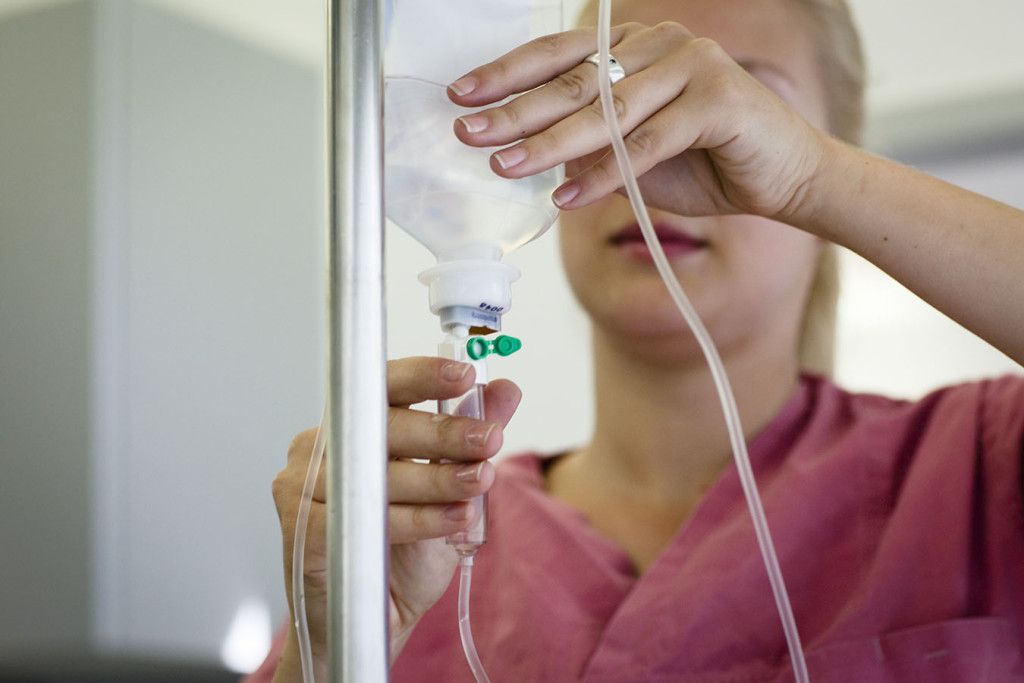
India recorded an estimated 3.9 million cancer cases in 2016, data available with the National Cancer Registry Programme of the Indian Council of Medical Research (ICMR) shows.
The worst affected states were Uttar Pradesh with 674,386 cases, followed by Maharashtra with 364,997 and Bihar with 359,228. In South India Tamil Nadu recorded 222,748 cases, Karnataka 202,156, Andhra Pradesh 159,696, Telangana 115,333 and Kerala 115,511 cases of cancer.
“The numbers are too high in UP, Maharashtra and Bihar because these are the most populous states in the country. But if we look at the percentage of cancer in population, the prevalence and incidence (the number of new cases per population at risk in a given time period) are much higher in North East region such as Assam and Arunachal Pradesh,” said Ravi Mehrotra, Director at the ICMR-National Institute of Cancer Prevention and Research.
“More than 40% of the cancer cases in India are totally preventable such as lung cancer and cancers of mouth,” he added.
“One of the major reasons of cancers of mouth and lung is tobacco consumption. India is the hub of smokeless tobacco users. UP and Bihar has the highest number of people chewing tobacco products which causes cancer thus, the numbers are high in these states. If we want to prevent cancer, we will have to curb the tobacco usage,” he said.
A population level initiative of prevention, control and screening for common non-communicable diseases (NCDs) (diabetes, hypertension and oral, breast and cervical cancer) has been rolled out in more than 100 districts in 2017-18 under the National Health Mission (NHM).
The central government is implementing a “Strengthening of Tertiary Care Cancer facilities” Scheme under National Programme for Prevention and Control of Cancer, Diabetes, Cardiovascular Diseases and Stroke (NPCDCS) to assist states in establishing State Cancer Institutes (SCI) and Tertiary Care Cancer Centres (TCCC) in different parts of the country.
The central government supplements the efforts of state governments in improving healthcare, including prevention, diagnosis and treatment of cancer.
The objectives of NPCDCS, which is being implemented under NHM for interventions up to district level, include awareness generation for cancer prevention, screening, early detection and referral to an appropriate level institution for treatment. The focus is on three types of cancer namely breast, cervical and oral cancer.
Oncology, and its various aspects, has been a focus at places such as new AIIMS and many upgraded institutions, under the Pradhan Mantri Swasthya Suraksha Yojna (PMSSY).
The setting up of National Cancer Institute at Jhajjar in Haryana and a second campus of the Chittranjan National Cancer Institute, Kolkata, has also been approved. All these are aimed at enhancing the capacity for screening, prevention and treatment of cancer in the country.
“The Government of India does not propose to declare Cancer as a notifiable disease. The National Cancer Registry Programme is already implemented by National Centre for Disease Informatics and Research (NCDIR), Bengaluru, under the aegis of Indian Council of Medical Research. The data made available is sufficient for the programme and policy related to Cancer prevention and control in the country,” Minister of State (Health and Family Welfare), Anupriya Patel told Rajya Sabha on Tuesday.
A notifiable disease is a disease notified by doctors if it poses public health concern, such as dengue, malaria
The ICMR earlier this year said that India is likely to have over 17.3 lakh new cases of cancer and over 8.8 lakh deaths due to the disease by 2020 with cancers of breast, lung and cervix topping the list.
[“Source-timesofindia”]

